Pegaso wasn’t in the sports car arena for long. In the early 1950s, the Spanish truck manufacturer set about taking the fight to Ferrari et al with its Z-102 and, in 1953, even chose Le Mans as the battlefield. The La Sarthe showdown might have ultimately been a fruitless exercise, but the Spanish rose represented one of several thorns in Enzo’s side right up until 1958.
No expense spared
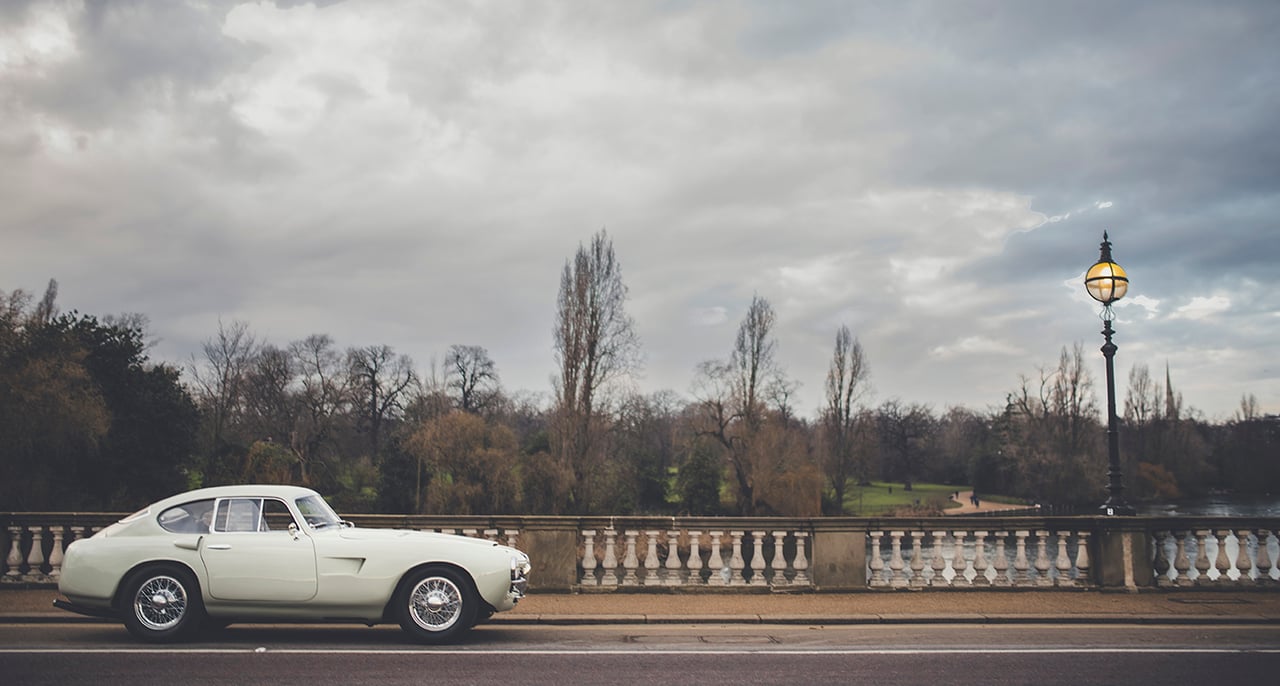
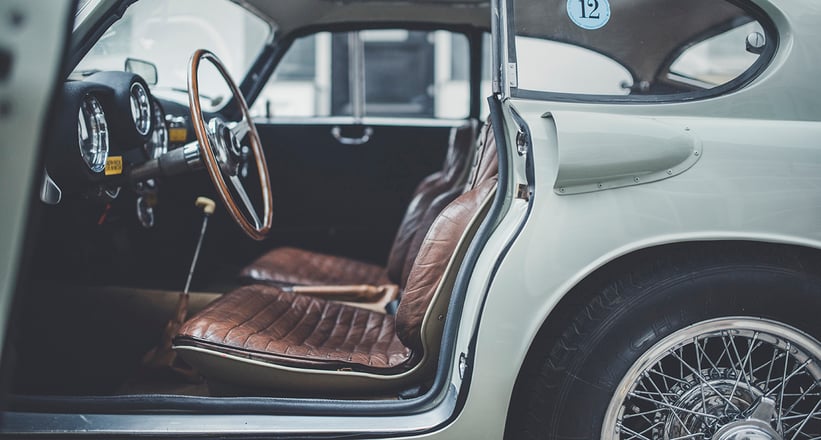
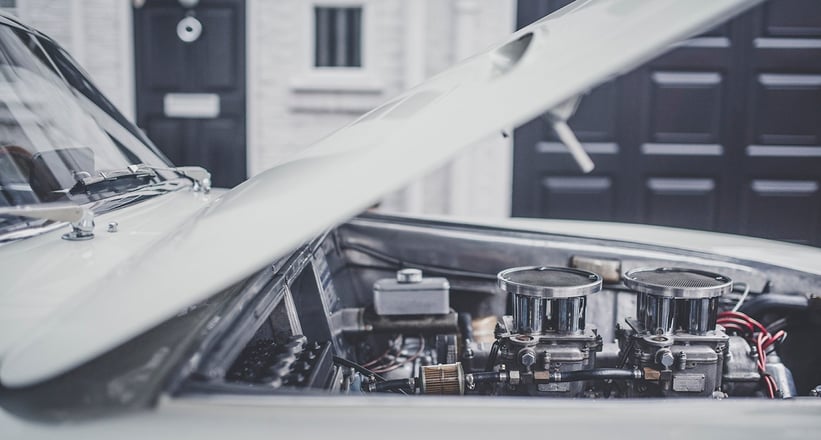
In many ways, the technology used in the Z-102 pre-dated Maranello’s, thanks in no small part to esteemed engineer Wilfred Ricart. The all-alloy V8 boasted dual overhead camshafts, dry-sump lubrication and desmodromic valve actuation, and was mated to a five-speed gearbox mounted on the differential. Yet, somehow, disc brakes were overlooked – not ideal on a vehicle that held the title of the world’s fastest production car for a time. Particularly odd, when you consider that it seemed otherwise to be equipped on a ‘no-expense-spared’ basis.
Wacky racer
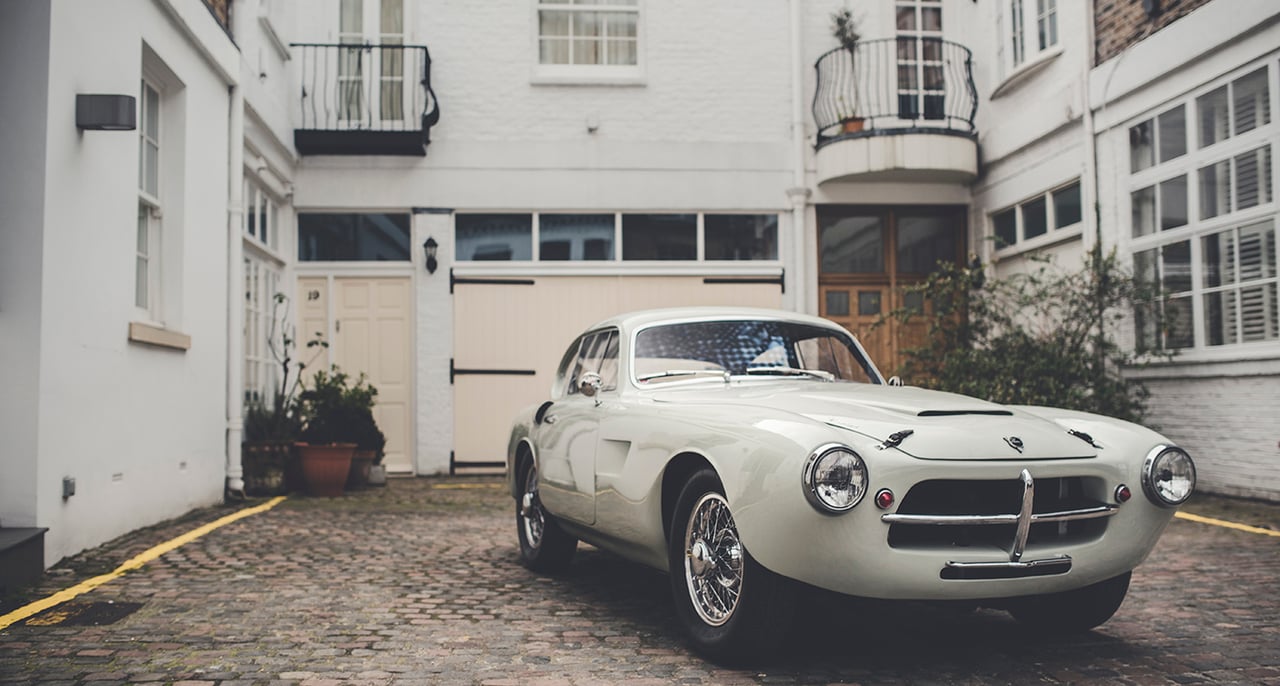
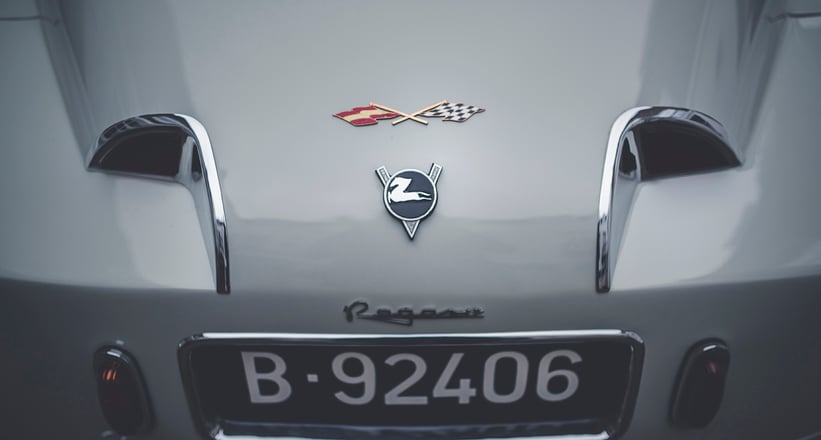
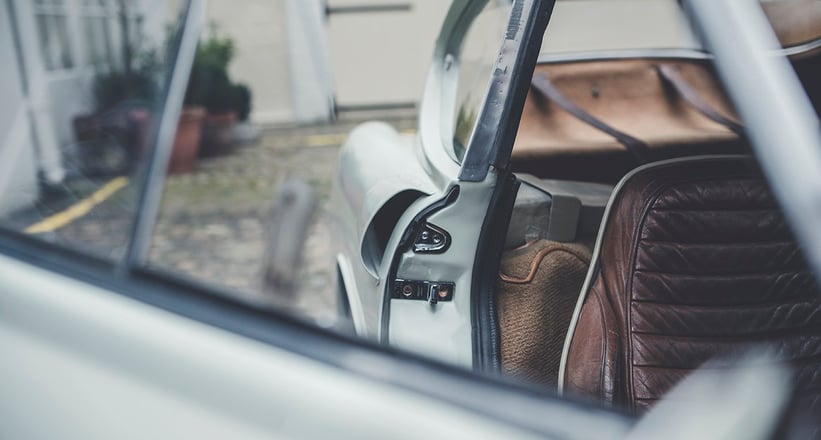
As was common with prestige automobiles of this vintage, the chassis and running gear were shipped to various coachbuilders to receive their clothing. This particular example left the Barcelona factory with the same heightened specification as the pair of Le Mans-bound Spiders, and was subsequently sent to Carrozzeria Touring for its coupé body, whose quirks include shoulder-mounted vents for the inboard brakes, and brake lights seemingly carved out of an otherwise-smooth rear deck. During our short-but-sweet rendezvous, the babbling V8 catches the eye of a passer-by, which is then held by the Milanese concoction of swooping curves and sharp details.
Now restored to what Fiskens describes as “a balance between originality and a number of modifications to improve performance,” this rare Spaniard promises not only an alternative to the staple crop of gentlemanly sports cars – but also eligibility for a variety of top-tier racing events, thanks to its competition lineage.
Photos: Amy Shore for Classic Driver © 2015

































